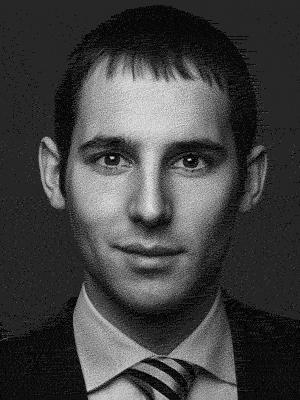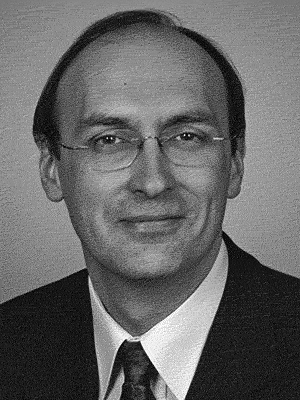ABSTRACT
With growing decentralized power generation, medium-voltage (MV) dc-dc converters are becoming increasingly important. A three-phase dual-active bridge (DAB3) is a promising topology for high-power MV applications. The semiconductor devices used in such converters at multi-megawatt level tend to be slow in switching. Hence, a considerable dead time between switching instants is required to avoid shoot-through in phase legs. This dead time forces the current to commutate to the freewheeling diodes and introduces a current dependence of the phase voltages. In this work, the effects of dead time on the operation of DAB3 are analysed in detail. The derived analytical expressions are used in the control development to compensate for the effects of dead time and hence achieve superior control performance. Measurements are carried out on a small-scale laboratory prototype to validate the derived operational modes and the effectiveness of the proposed dead time compensation.
Nomenclature
| = | Phase equivalent of dead time | |
| = | Phase equivalent of | |
| = | Primary-referred secondary voltage | |
| = | Angular switching frequency in radians | |
| = | Switching frequency | |
| = | Transformer leakage inductance | |
| = | Time interval within the dead time between zero-crossing of the current and the end of dead time | |
| = | Dead time between the turn-off of the top device and turn-on of the bottom device in a phase leg and vice versa | |
| = | Switching period | |
| = | Component of | |
| = | Anti-parallel diodes of the devices | |
| = | Active semiconductor devices on primary and secondary | |
| = | Phase difference between the primary- and secondary-side gate signals | |
| = | Dynamic dc-voltage transformation ratio referred to the primary side of DAB3 | |
| = | Transformer turn-ratio | |
| = | Switching signals for the devices | |
| = | Phase indicator | |
| = | Primary-referred phase-to-star-point voltages on the secondary side | |
| = | Transformer phase currents | |
| = | Primary- and secondary-side dc currents respectively | |
| = | Transformer phase-to-star-point voltages on the primary side | |
| = | Transformer phase-to-star-point voltages on the secondary side | |
| = | Primary-side dc voltage | |
| = | Secondary-side dc voltage |
Acknowledgments
This research was conducted at the German Federal Government (BMBF) Research Campus Flexible Electrical Networks, under a BMBF research grant FKZ 03SF0491A.
Disclosure statement
No potential conflict of interest was reported by the authors.
Additional information
Funding
Notes on contributors

Hafiz Abu Bakar Siddique
Hafiz Abu Bakar Siddique (S’12) received the bachelor’s degree in electrical engineering from the National University of Sciences and Technology, Islamabad, Pakistan, in 2007. He received the M.Sc. degree in electrical power engineering and Ph.D. from RWTH Aachen University, Aachen, Germany, in 2011 and 2019 respectively. His research interests include the modeling and control of medium-voltage high-power multilevel dc-dc and dc-ac converters.

Philipp Joebges
Philipp Joebges (S’16) completed his Bachelor of Electrical Engineering from RWTH Aachen University, Aachen, Germany, in 2013. He received his M.Sc in Electrical Power Engineering from RWTH Aachen University, Germany, in 2016. Since April 2016, he has been working towards his doctoral degree at the Institute of Power Generation and Storage Systems (PGS), E.ON Energy Research Center, RWTH Aachen University, Aachen, Germany. His research interests include medium-voltage high-power dc-dc converters with focus on control and real-time simulation for control evaluation.

Rik W. De Doncker
Rik W. De Doncker (F’01) received the Ph.D. degree in electrical engineering from the Katholieke Universiteit Leuven, Leuven, Belgium, in 1986. In 1987, he was appointed as a Visiting Associate Professor at the University of Wisconsin, Madison. After a short stay as an Adjunct Researcher with Interuniversity Microelectronics Centre, Leuven, he joined, in 1989, the Corporate Research and Development Center, General Electric Company, Schenectady, NY. In 1994, he joined Silicon Power Corporation, a former division of General Electric Inc., as the Vice President of Technology. In 1996, he became a Professor at RWTH Aachen University, Aachen, Germany, where he currently leads the Institute for Power Electronics and Electrical Drives. Since 2006, he has been the Director of the E.ON Energy Research Center, RWTH Aachen University. Dr. De Doncker was the President of the IEEE Power Electronics Society (PELS) in 2005 and 2006. He was the founding Chairman of the German IEEE Industry Applications Society PELS Joint Chapter. In 2002, he was the recipient of the IEEE IAS Outstanding Achievement Award. In 2008, he received the IEEE PES Nari Hingorani Custom Power Award. In 2009, he led a VDE/ETG Task Force on Electric Vehicles. In 2010, he received an honorary PhD from TU Riga, Latvia. In 2013, he received the IEEE William E. Newell Power Electronics Award.

